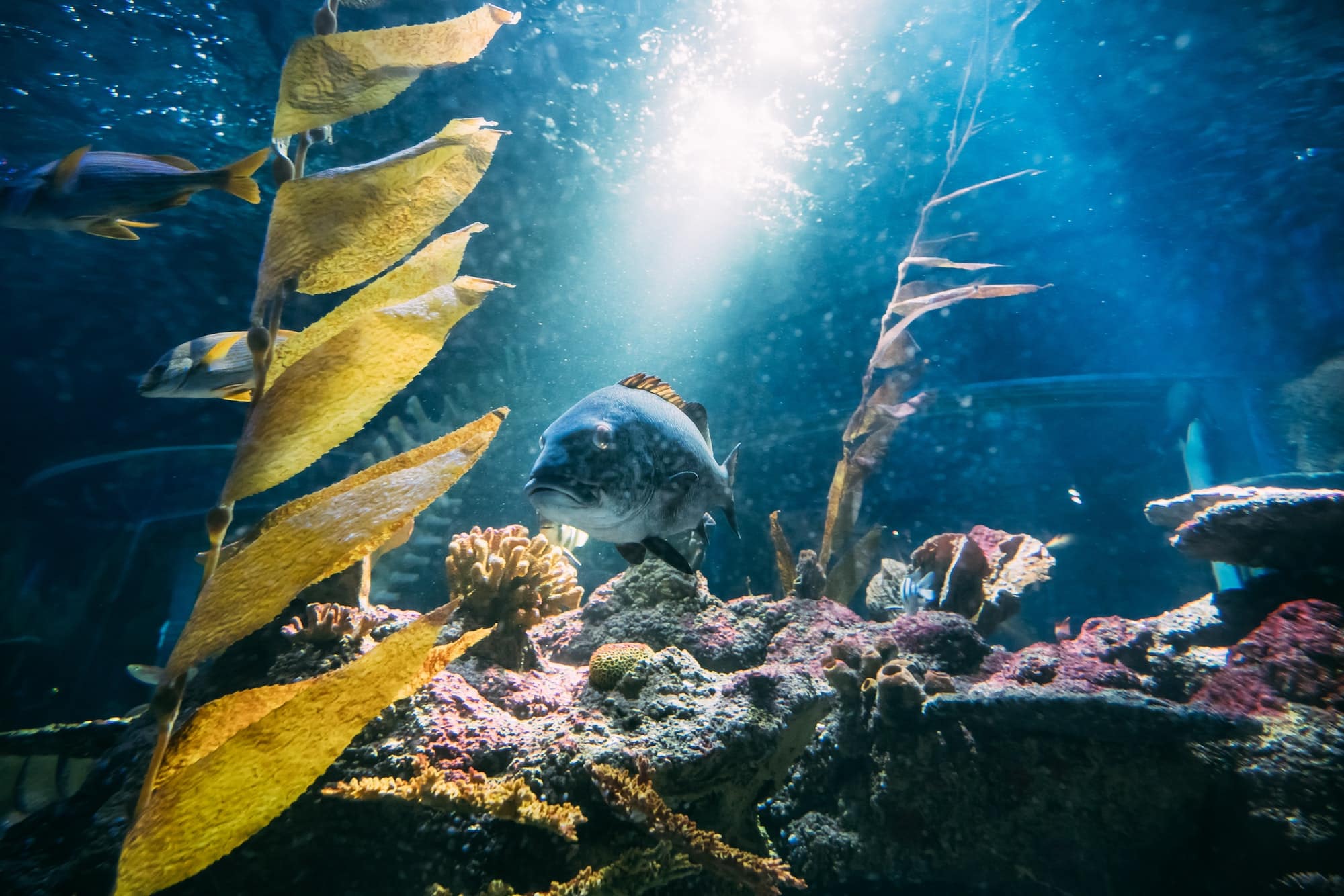Setting up a sustainable freshwater fish tank is a rewarding endeavor, and you can enjoy a captivating and ever-evolving aquatic ecosystem right in your home or office. But how can you get started in the most efficient and effective way possible? In this article, we’ll explore the steps to creating a sustainable freshwater aquarium, from choosing the right fish and plants, to maintaining an appropriate water quality, light levels, and more.
Choosing the Right Fish for Your Aquarium
Before diving into the specifics of setting up an ecosystem, it’s important to understand the role of fish in the aquatic environment. Different species of fish have unique needs and behaviors, so it’s crucial to select a combination that will coexist peacefully and contribute to the overall health of the tank.
Also to read : How to Design an Accessible and Safe Bathroom for Elderly Family Members?
When selecting fish for your aquarium, consider their size, temperament, diet, and water requirements. Compatibility is key, so ensure all your chosen species can thrive in similar conditions. For example, if you choose a tropical fish, all other creatures in your tank should also be tropical, or at least capable of surviving in the same water temperature and pH levels.
While you might be tempted to opt for visually striking species, don’t overlook the importance of hardy, low-maintenance fish. They can do wonders in sustaining the ecosystem of your tank by helping control algae growth and providing essential nutrients for plants.
Also to see : What Are the Best Solutions for a Multi-Sensorial Play Area for Toddlers?
Selecting and Positioning Aquatic Plants
Plants are a big part of any aquarium ecosystem. Aside from adding aesthetic appeal, they also play a crucial role in maintaining water quality, providing habitat and food for fish and other aquatic creatures, and producing oxygen through photosynthesis.
Just like fish, different plants have different needs. Some thrive in low light while others need intense lighting, some require nutrient-rich substrate, and others can simply float on the water’s surface. It’s important to select a variety of plants that are compatible with your tank’s conditions and the fish species you’ve chosen.
Positioning of plants also plays a role in the sustainability of your tank. Larger plants, for example, should be placed towards the back and sides of the aquarium, leaving the central area open for swimming. This will also help the tank appear more natural.
Maintaining Water Quality and Temperature
Meticulous attention to water quality is key for sustaining an aquarium. Monitor parameters like pH, hardness, ammonia, nitrite, and nitrate levels regularly. Most freshwater fish thrive in a pH range of 6.5 to 7.5, but do your research to find the optimal range for your chosen species.
Regular water changes are crucial for maintaining water quality. Aim to replace 10-20% of the tank’s water every week. When adding new water, ensure it’s been dechlorinated and it’s of similar temperature to the existing tank water.
Maintaining a steady temperature is also vital. Most freshwater fish live comfortably in temperatures between 72 to 82°F (22-28°C). An aquarium heater can help keep the temperature consistent.
Creating the Right Light Environment
Light is essential for the health of your aquarium’s ecosystem. It supports plant growth, helps fish maintain their biological rhythms, and enhances the tank’s appearance.
The type of lighting you need will depend largely on the type of plants and fish in your tank. Generally, full spectrum lights that mimic natural sunlight are recommended. LED lights can be a good option because they are energy efficient, long-lasting, and often adjustable, allowing you to control intensity and even color.
The duration of light is also important. On average, your tank should have 8 to 12 hours of light per day. Too much light can cause excessive algae growth, while too little can impede plant growth.
Using Technology to Help
Modern technology can significantly simplify the process of maintaining a sustainable freshwater aquarium. There are various devices available, from digital thermometers and heaters, to automatic feeders, pH monitors, and LED light timers.
An important aspect of aquarium technology is filtration. Besides removing waste and harmful substances, a good filter should also support the growth of beneficial bacteria that help break down toxins.
Remember, while technology can be helpful, nothing replaces regular observation and care. Regularly check the fish behavior, plant health, water clarity, and overall tank health.
Now that you have a better understanding of how to set up a sustainable freshwater fish tank, you’re well on your way to creating your own thriving aquatic ecosystem. The journey may be challenging at times, but the rewards of seeing your ecosystem flourish are well worth the effort.
Monitoring and Adjusting with Care
As you embark on the journey of creating a thriving aquatic ecosystem, remember that patience and regular monitoring are elemental keys to success. Whether you are a first-timer or a seasoned aquarium enthusiast, the steps to building and sustaining an ecosystem remain the same. However, the real task lies in carefully observing the ecosystem and making timely adjustments.
One of the aspects you should keep an eye on is the behavior of fish. Are they eating properly? Are they swimming comfortably or hiding away most of the time? Such observations can reveal a lot about the health of your ecosystem. For instance, fish hiding away could signal stress due to water conditions or incompatible tank mates.
The condition of your plants is equally important. Healthy plants will thrive, providing oxygen and habitat for the fish. Conversely, a plant that is wilting or changing color may indicate a lack of nutrients or inappropriate light conditions.
Another important factor is water clarity. If the water appears cloudy or has a foul smell, it might be due to overfeeding, inadequate filtration, or the breakdown of organic matter.
In a nutshell, regular observation and care are paramount. Despite the usefulness of technological aids, there’s no substitute for attentive observation and prompt response to any issues that arise.
Conclusion: Reaping the Rewards of a Well-Maintained Ecosystem
Setting up a sustainable freshwater aquarium is not just about adding water, fish, and plants into a tank. It’s about understanding that an aquarium is a complex, dynamic ecosystem that requires constant care and attention.
The entire process from choosing compatible fish and plants, maintaining optimal water conditions, to arranging the right light environment, and monitoring and adjusting the tank conditions represents an intricate dance of interrelated steps.
A well-maintained sustainable freshwater fish tank is not just aesthetically pleasing, it’s also a living representation of a functional ecosystem. You’re not just keeping fish, you’re creating and sustaining life.
While this journey is filled with challenges and requires consistent effort, the reward of watching your aquarium flourish is immeasurable. It becomes a source of relaxation and a testament to your dedication.
In this article, you’ve discovered the essential steps to set up a sustainable freshwater fish tank. With patience, attention to detail, and a love for aquatic life, you’re now equipped to create your own thriving ecosystem right at home. Remember, every aquarium is unique and so will be your journey. So, embrace the challenges, and enjoy the rewarding experience of bringing a piece of nature into your home.












